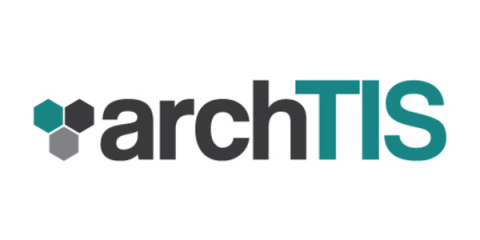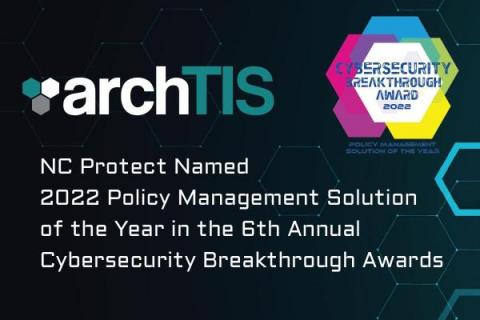Preventing the Theft of IP and Military Secrets
A common topic in our blog is the threat that insiders pose to an organization’s sensitive data. Why? ‘Insider threats’ continue to pose the biggest threats to intellectual property (IP) and military secrets. Insiders, including contractors, need access to sensitive information to do their job, but to what extent? How can we prevent sensitive information from being exfiltrated by malicious insiders?



